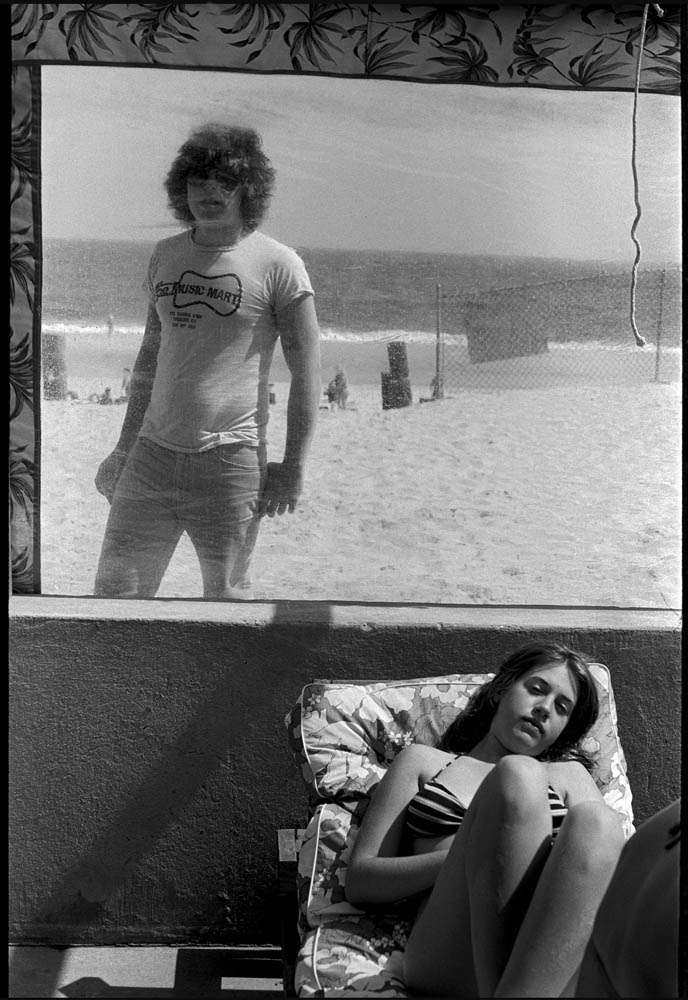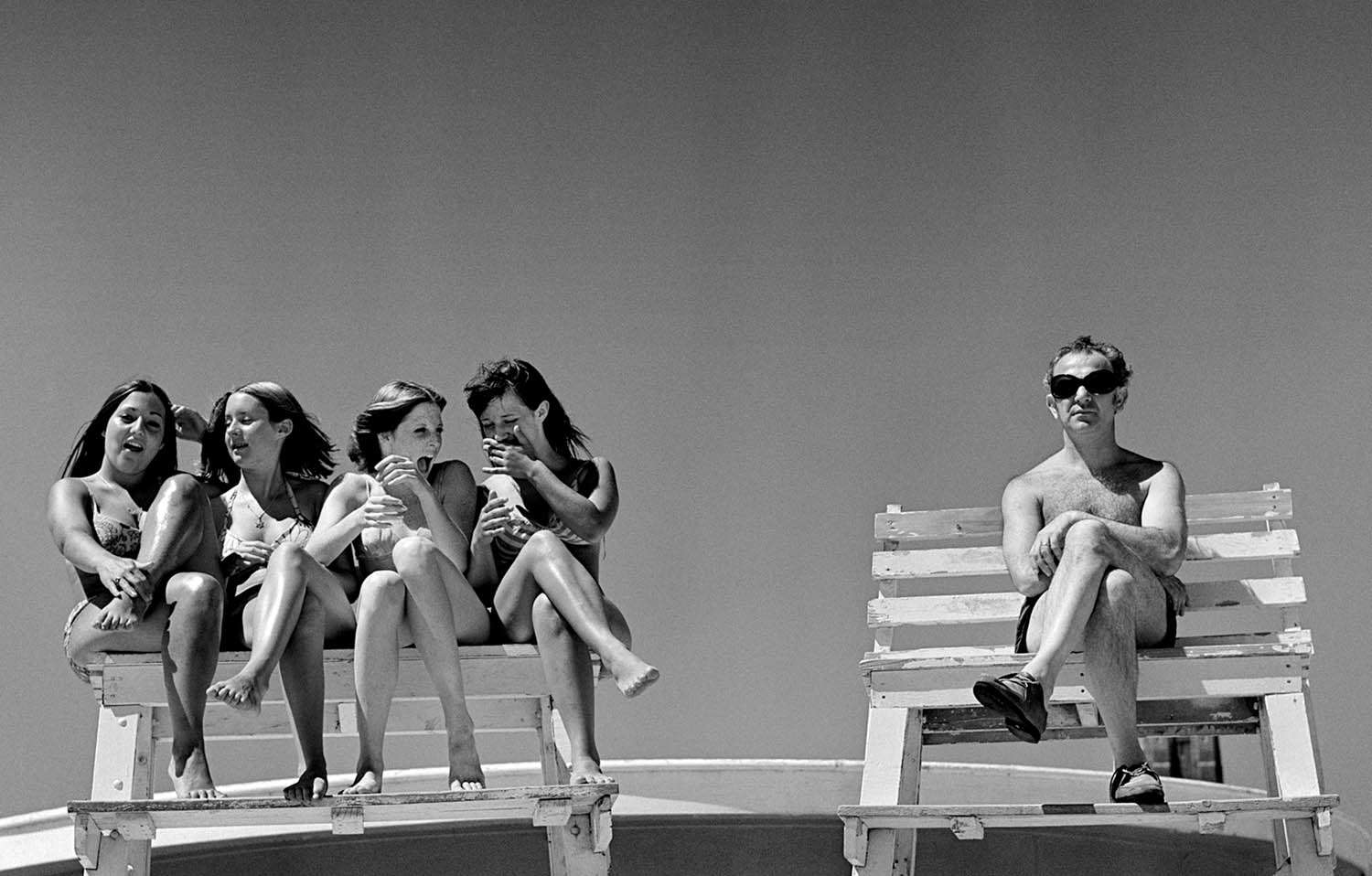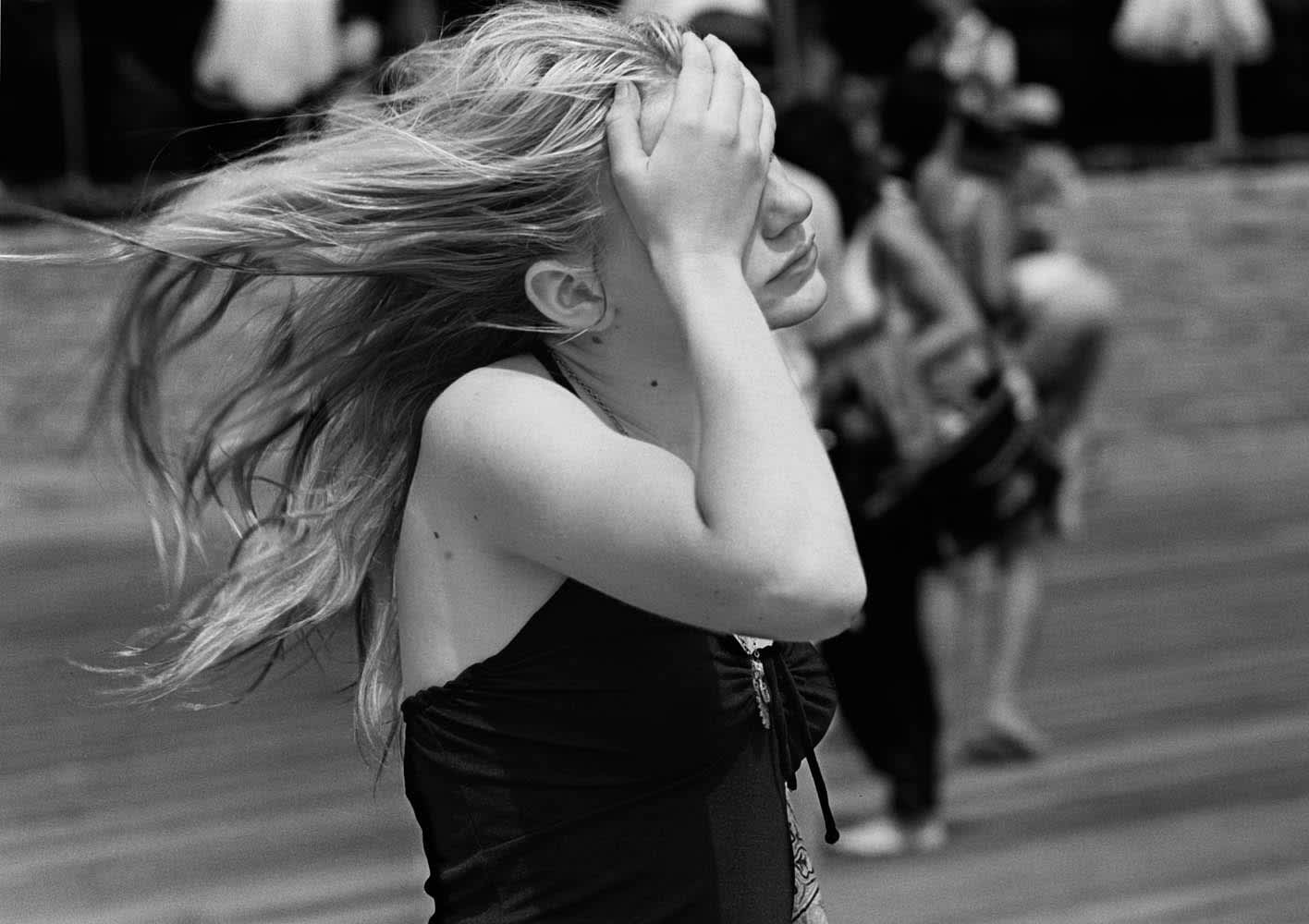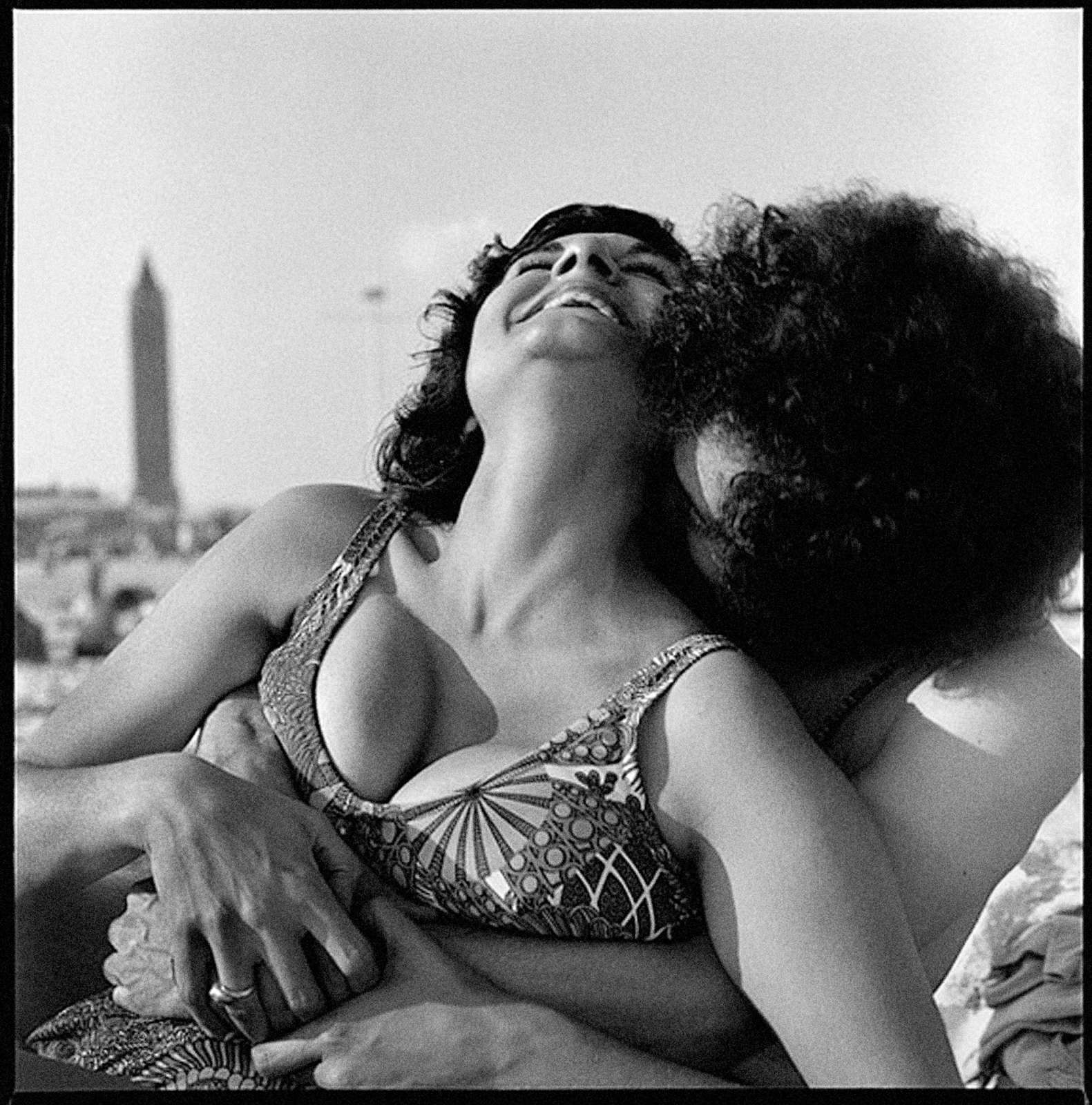Joseph Szabo: Jones Beach
Overview
Teaching high school in suburban Long Island from 1972-1999 has given photographer
Joseph Szabo a front row seat on the fascinating rites and rituals in the life of the
American teenager. “My general rule was no drugs and no sex but right on with rock ʻnʼ
roll,” says Szabo. Necking, smoking, hanging out and preening for the camera, the
insolent, vulnerable, aggressive, lonely kids captured in Szaboʼs sexy, intimate black
and white series Jones Beach testify to the complex, often contradictory nature of that
time of life. Szabo captures the bravado, but also the haunting vulnerability and
insecurity of teenagers. Photographing the students in their bedrooms, at school
dances, in the classroom or cruising in their cars was initially a way for Szabo to get to
know his unruly high school photography students. “I became a better teacher because I
was tuned into their lives” says Szabo. By turning the lens on his students he captured
their attention and won worldwide recognition from fans including Sofia Coppola (who
used his images as an important visual reference in her 1999 debut film The Virgin
Suicides), and the adoration of the fashion crowd including Juergen Teller, Terry
Richardson and Bruce Weber. Early on Szabo took the advice of famed photojournalist
Cornell Capa that “you have to like people and you have to let them know you like
them.” Szaboʼs exceptional tenderness in penetrating other worlds and capturing the
sublime in the seemingly ordinary has extended to his other projects documenting the
crowds at one of the busiest beaches in the world, Long Islandʼs Jones Beach and a
project documenting Long Islandʼs terminally ill.
Works
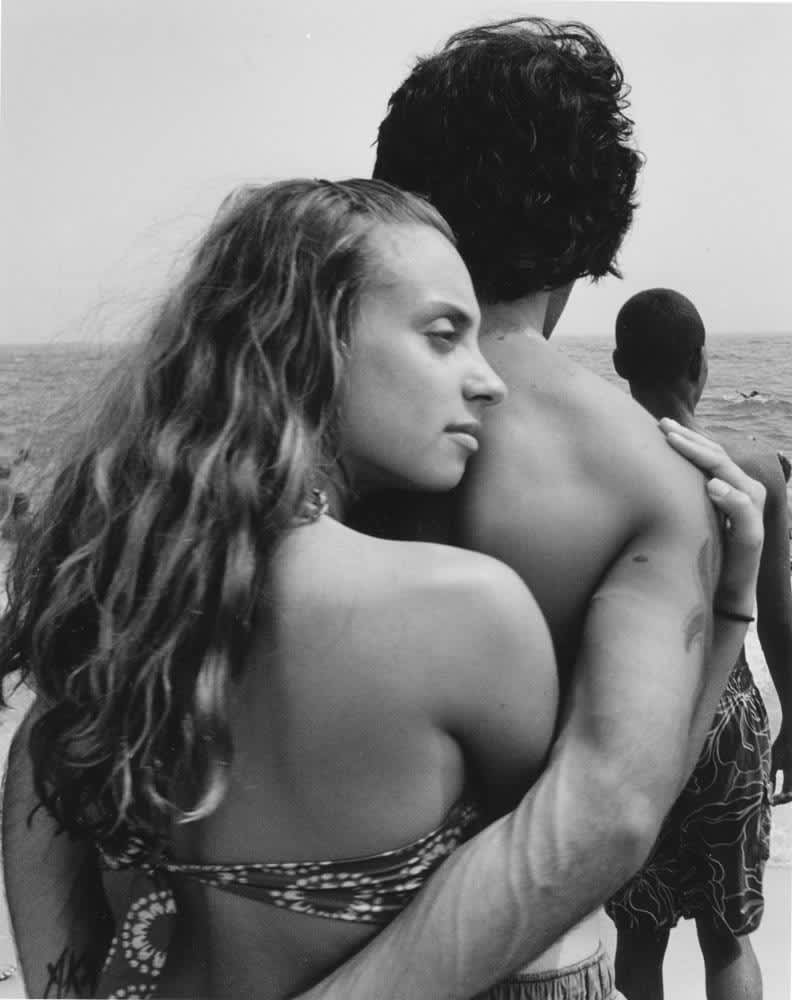 Embrace: Jones Beach, 2007
Embrace: Jones Beach, 2007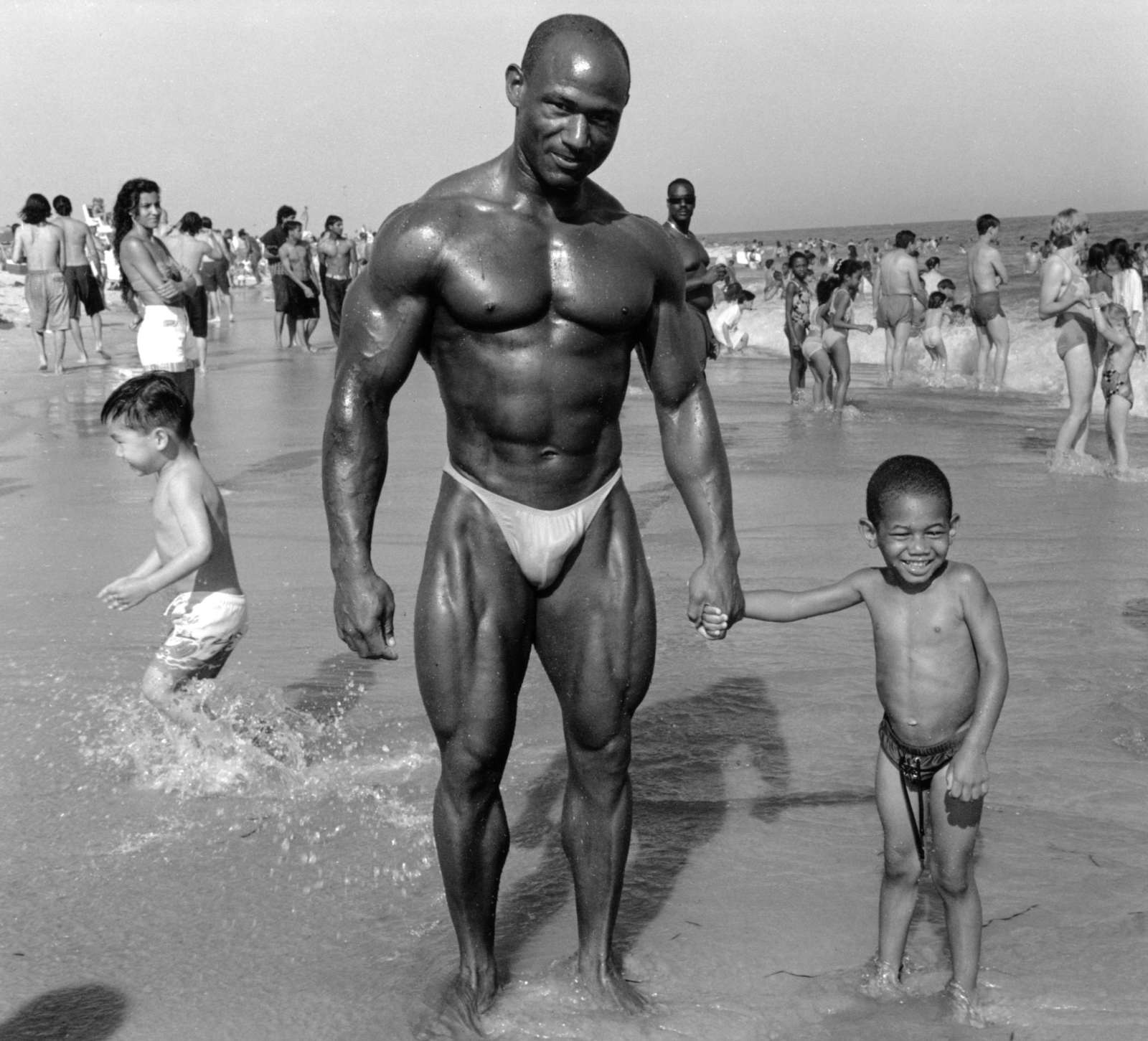 Pierre and Son: Jones Beach, 1993
Pierre and Son: Jones Beach, 1993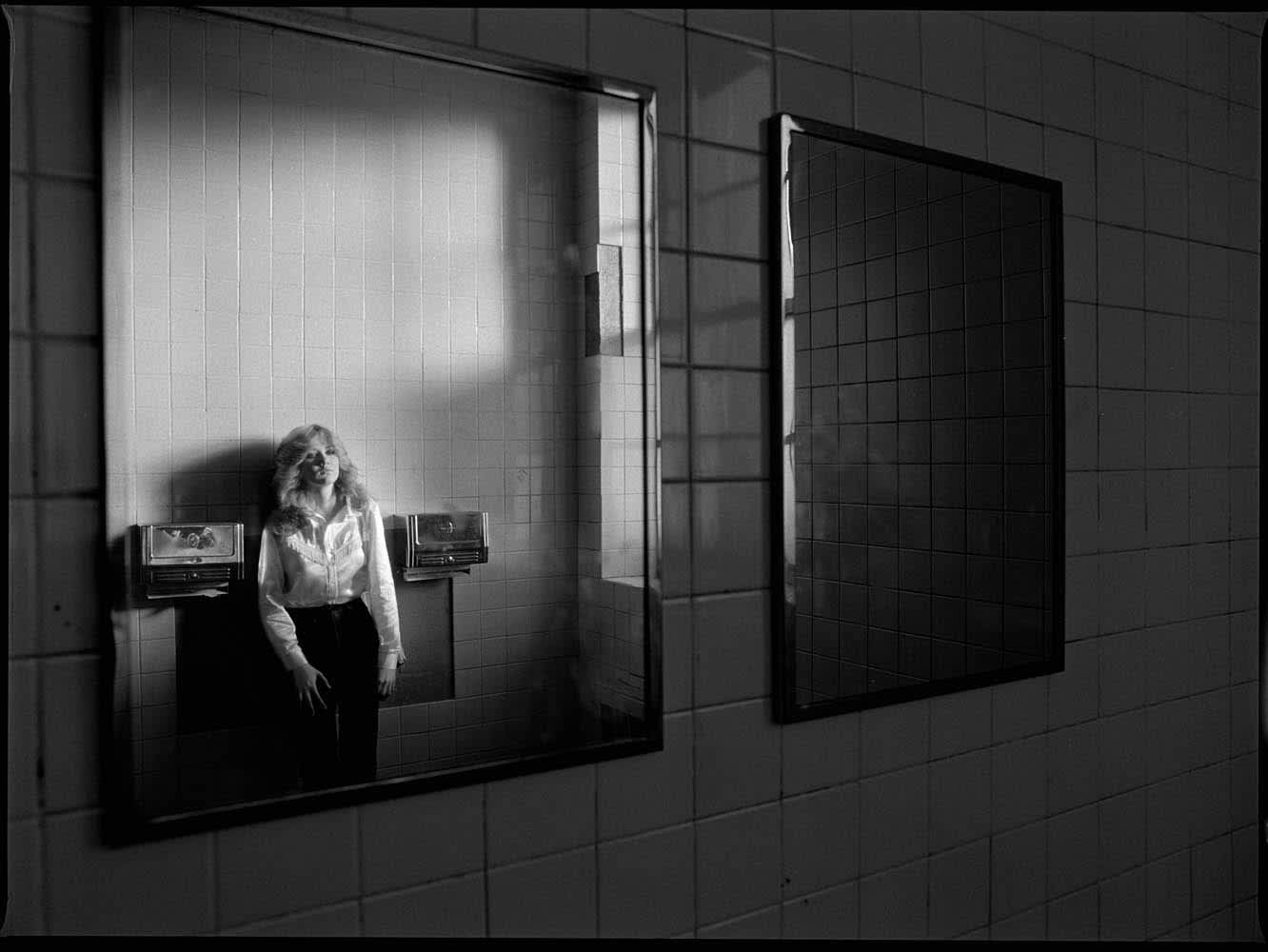 Girl in the Mirror, 1993
Girl in the Mirror, 1993![Beached Bikini: Jones Beach, 1989]() Beached Bikini: Jones Beach, 1989
Beached Bikini: Jones Beach, 1989![Crowd: Jones Beach, 1989]() Crowd: Jones Beach, 1989
Crowd: Jones Beach, 1989![Anthony & Joanna, 1998]() Anthony & Joanna, 1998
Anthony & Joanna, 1998![Kim (Devo), 1984]() Kim (Devo), 1984
Kim (Devo), 1984![Rolling Stone Beauty, 1978]() Rolling Stone Beauty, 1978
Rolling Stone Beauty, 1978![Rolling Stone Salute, 1978]() Rolling Stone Salute, 1978
Rolling Stone Salute, 1978![Chris: Hot Dog Beach, 1977]() Chris: Hot Dog Beach, 1977
Chris: Hot Dog Beach, 1977![Chris on Senior Day, 1977]() Chris on Senior Day, 1977
Chris on Senior Day, 1977![Girl in Skyline Suit , 1974]() Girl in Skyline Suit , 1974
Girl in Skyline Suit , 1974![Long Island Girl, 1974]() Long Island Girl, 1974
Long Island Girl, 1974![Lifeguard's Dream, 1972]() Lifeguard's Dream, 1972
Lifeguard's Dream, 1972![Lonely Girl: Jones Beach, 1972]() Lonely Girl: Jones Beach, 1972
Lonely Girl: Jones Beach, 1972![Hurt, 1972]() Hurt, 1972
Hurt, 1972![Night Owls, 1971]() Night Owls, 1971
Night Owls, 1971![Road Runner, 1970]() Road Runner, 1970
Road Runner, 1970![Mrs. K and Daughter, Jones Beach, 1970]() Mrs. K and Daughter, Jones Beach, 1970
Mrs. K and Daughter, Jones Beach, 1970![Hey Fox: Jones Beach, 1970]() Hey Fox: Jones Beach, 1970
Hey Fox: Jones Beach, 1970![Priscilla, Jones Beach, 1969]() Priscilla, Jones Beach, 1969
Priscilla, Jones Beach, 1969







